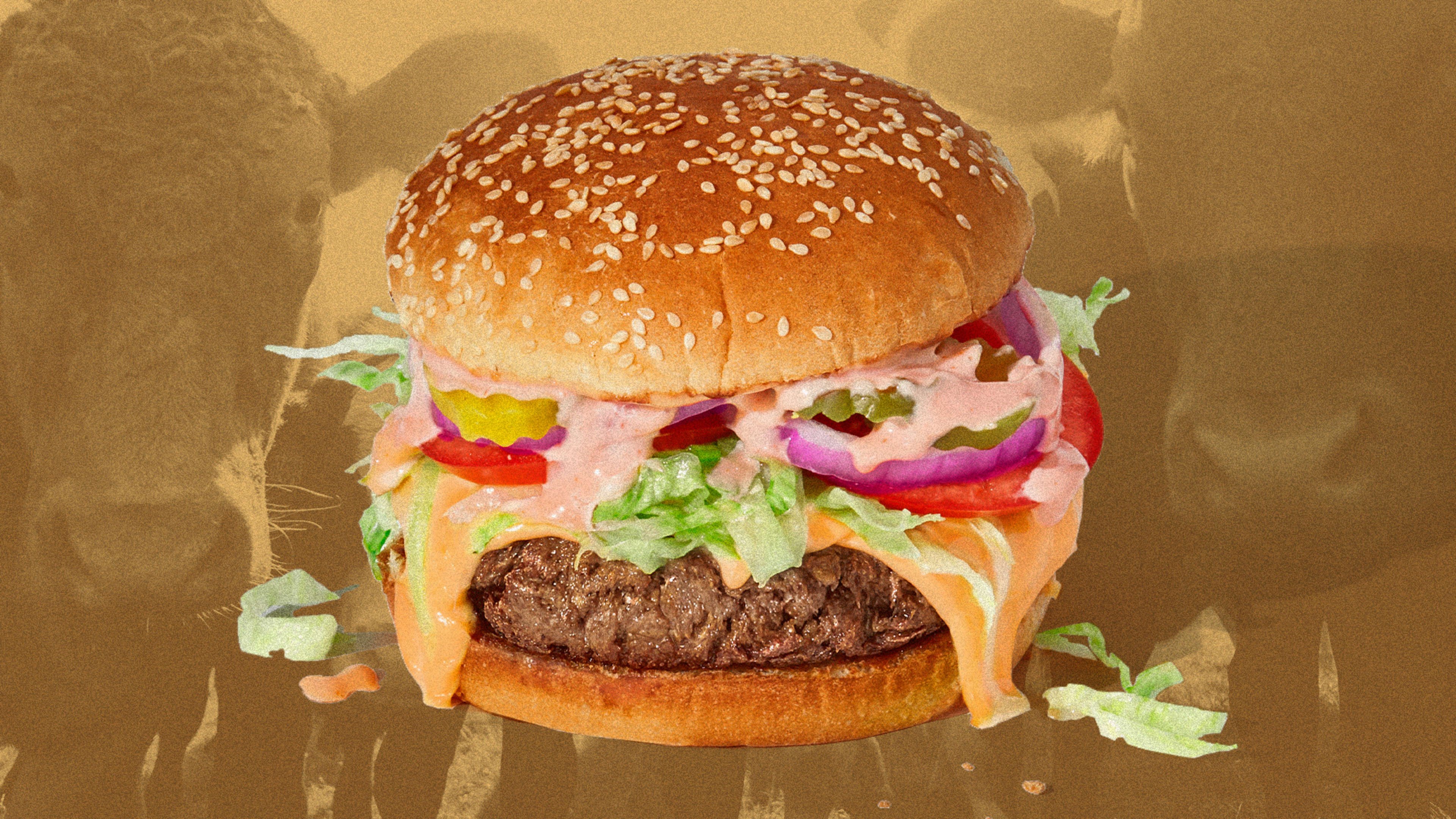The newest version of the Impossible Burger–the plant-based meat that uses food science to replicate the taste and feel of beef–has a carbon footprint 89% smaller than a burger made from a cow.
A new analysis found that the burger also uses 87% less water than beef, uses 96% less land, and cuts water contamination by 92%. Those numbers are improvements on the last iteration of the burger, in part because the company has become more efficient as it grows and because it switched from wheat to soy as a key ingredient, because soy also yields more acres on a farm. But the majority of the impact simply comes from the fact that the product isn’t made from an animal.
“The best, fastest, easiest way to make meat more sustainable is to avoid the cow,” says Rebekah Moses, senior manager of impact strategy at Impossible Foods. “By making the Impossible Burger directly from plants, we have the luxury of bypassing the most inefficient stage in the entire food system.” Cows are known for their greenhouse gas-producing burps–the largest source of methane emissions in agriculture–but also require cattle feed that takes large amounts of land, water, fertilizer to grow, and often leads to deforestation. The cow’s manure is also another major of source of pollution.
The life-cycle analysis, which was verified by the sustainability consulting group Quantis, looked at each part of the plant-based burger’s production, from the water and energy used to produce heme, the ingredient that gives the flavor a blood-like taste, to the resources used to grow other ingredients like soy and potatoes, and produce the packaging. The product uses 4% of the land needed to produce beef. “That’s a very, very conservative estimate on our part–most cattle globally require far more land than that estimate,”Moses says. “It’s completely inefficient, and it’s why beef is the leading cause of deforestation in the Amazon. If most of the land that’s used for cattle feed were to be left alone, without the gassy animals, to re-vegetate and actually store carbon in trees and grasslands, it’s not an exaggeration to say that we could set the clock back on climate change through food choice alone.”
For an individual, the company calculated, swapping Impossible “meat” for a pound of ground beef saves seven pounds of greenhouse gas emissions, 90 gallons of water, and 290 square feet of land. Still, while some consumers might be choosing plant-based meat for environmental reasons, the startup isn’t relying on sustainability to sell the product. “What we really wanted was to create a delicious product that can compete with beef on taste and craveability,” she says. “That’s the primary motivator for most people, and that’s who we want to empower by providing a more planet-friendly option. Sustainability attributes are, for most consumers, a ‘nice to have’ in food choice, rather than the driving force of purchasing.”
Recognize your brand’s excellence by applying to this year’s Brands That Matter Awards before the early-rate deadline, May 3.
